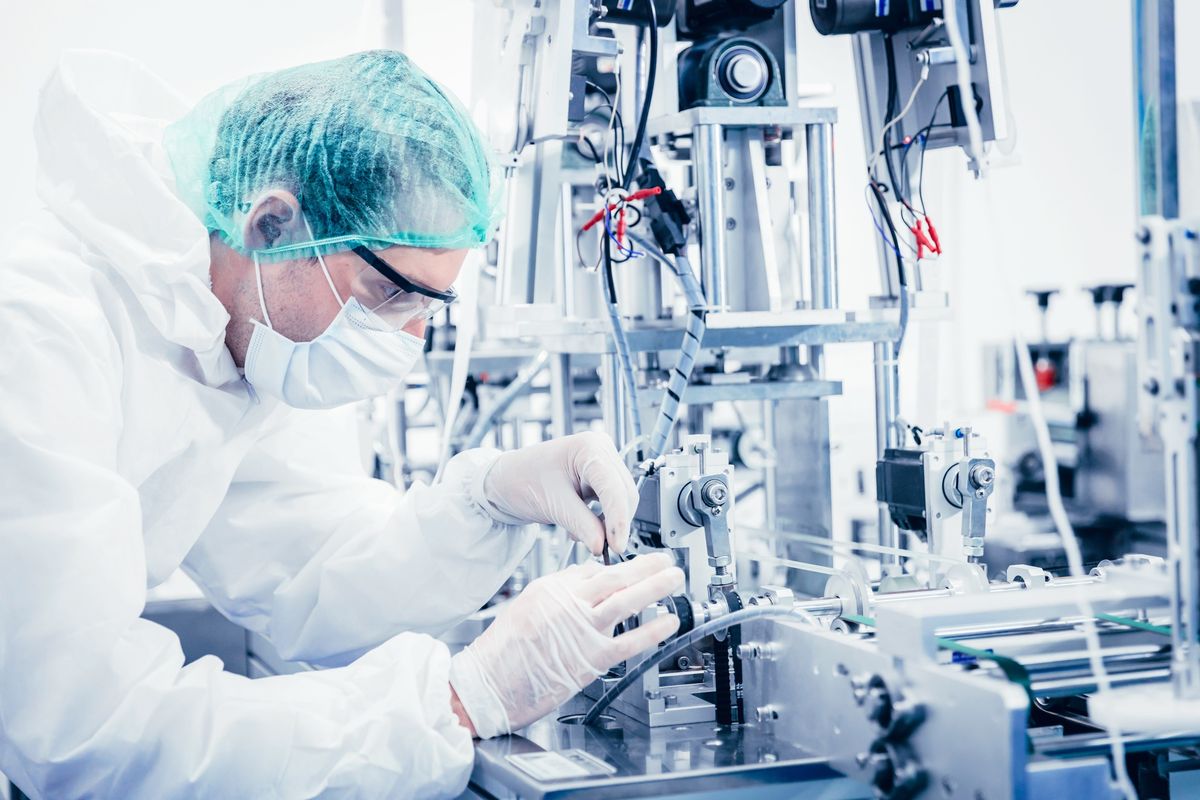What is human factors engineering (HFE)?
Human factors engineering (also known as usability engineering or ergonomics) is a multidisciplinary field which integrates users’ capabilities and limitations like fatigue, cognition, or distractions into the product development to make it more reliable, safe and easy to use. From understanding the users and their environment to conducting user tests, HFE activities are integrated in the risk management process, with a focus on use errors or misuses, which is different from user error as it puts the blame on the device instead of the user.
5 reasons why integrating HFE in the development of medical devices can improve healthcare
In healthcare, the importance of human factors engineering (HFE) lies in mitigating use errors of medical devices, which often result in severe consequences. Compared to the low probability of harm during air travel (approximately 1 in a million), medical devices face a higher likelihood of patient harm (around 1 in 300), driven by long work shifts, complex medical procedures, and stress of patients’ life at stake. The fast-paced nature of healthcare requires devices that are easy to learn and use due to limited training time. HFE assessment’s value extends to non-technological systems in healthcare organizations, such as user journeys and experiences, but is mandatory only for medical devices,. We have delved into the core reasons for integrating HFE in their development and how they contribute to improving patient safety.
Reason n°1: the assessment of human factors is an accelerator of regulatory compliance
HFE addresses healthcare challenges by developing medical devices that are intuitive and user-friendly, reducing cognitive workload and the likelihood of mistake, making it a key consideration for regulatory agencies submission reviews. To establish a systematic and standardized approach to incorporate HFE into the development of medical device, the International Electrotechnical Commission (IEC) has developed the IEC 62366 standard. To be compliant, manufacturers must integrate a thorough usability assessment into the global risk management process. The Food and Drug Administration (FDA) has published a guidance to clarify the expectations of a usability file, which is also required to get the CE-mark approval. DM manufacturers who do not hire human factors engineering experts struggle to produce a compliant usability file, which imply delays in approval by the regulatory authorities (FDA, MDR, CE-mark). In comparison, companies that invest in HFE can therefore benefit of a shorter time-to-market.
Reason n°2: expertise in human factors related to medical devices allows cost saving over the whole lifecycle of the product
The iterative prototyping and frequent user testing inherent in the HFE methodology allow for an early identification of potential issues and optimization of design adjustments. This user-centered approach not only minimizes the likelihood of expensive design changes later in the development process but also results in intuitive and user-friendly designs, resulting in a reduction in training requirements for healthcare professionals and patients, along with a lower requirement of ongoing support and reduced maintenance expenses. Moreover, HFE ensures reduced risks of product recall, as the designs are less susceptible to user-related errors—a significant source of costs in the long run.
For instance, a wheelchair manufactured by Medline industries was recalled due to users’ fingers getting caught between seat bars during the wheelchair’s opening, leading to severe injuries like fractures and severing. In this example, a HFE team would have compiled a comprehensive task list for wheelchair use, identifying potential errors in each step and assessing the consequences of skipping any step in order to avoid finger-related and other hazards and thus costly product recalls.
Reason n°3: the assessment of human factors in medical devices assessment enhances patient outcomes
A medical devices that really meets the needs and expectations of patients contributes to better adherence to medical treatment. When patients can easily understand and use medical devices, they are more prone to actively participate in their care, leading to better health outcomes.
An example of device with a design flaw was illustrated by the recall of Abbott FreeStyle Navigator as the product had the units of measure set to mmol/L rather than mg/dl because it was distributed in different countries. However, standards units vary among countries and a lack of attention to the units led patients to wrongly adjust insulin doses, risking severe hypoglycemia, and other severe consequences. A simple contextual inquiry with users of each country would have avoided these unnecessary risks.
Learn more about how our team can support you in your projects related to patient experience >
Reason n°4: human factors engineering improves healthcare professionals’ experience
HFE processes also ensures a better integration of the medical device in the healthcare workflow: user-friendly products alleviate cognitive workload and stress, enabling HCP to focus on patient care without unnecessary distractions. To illustrate, device misconnections happening in the mess of connectors, tubes and cords often surrounding a patient at the hospital can be avoided by designing mating parts which uniquely mate with their counterpart. Intuitiveness of well-designed devices, like cardiac defibrillators, also minimizes the time required for training, without compromising the safety of the end user. Reduced risks of use errors and adverse events means safer and more reliable medical interventions.
For example, the recall of the Bausch & Lomb 19G Standard 30 Phaco Needle was prompted by the risk of users improperly assembling the plastic needle wrench to the phacoemulsification needle, leading to the production of plastic particles that could be injected in the patient’s eye and thus lead to complications. This type of error could have been mitigated through adapted instructions, labeling, training (which are comprised in HFE’s scope), and additional testing during the device design phase.
Reason n°5: enhanced product design through human factors engineering positively influences market success of medical devices
By engaging end-users early in the design process and incorporating their feedback, HFE guarantees that the identified user needs and system requirements align seamlessly with their expectations. Hence, user-centered design is a key differentiator in the competitive landscape of medical devices, significantly increasing customer satisfaction. A medical device that genuinely aligns with the users’ needs not only ensures a better market adoption but also secures customer loyalty over the long term. Moreover, the minimized risks of adverse events and product recalls also safeguard the brand’s reputation, and the commitment to usability and patient safety sets a strong foundation for market success, fostering trust among both patients and HCPs and positioning the medical device as a reliable and preferred choice in the industry.
Patient safety and health outcomes are priorities when developing new treatments. Human factors engineering approach ensures a deep understanding of users’ needs by directly engaging with patients, healthcare providers (HCPs), and deciphering the healthcare environment. Through the use of risk analysis and user testing, HFE delivers a more user-friendly, efficient, and error-proof interface for medical devices. Complying with the IEC 62366 standard not only shortens regulatory approval and time-to-market, but also reduces costs associated with design changes and support, including recalls. The resulting enhanced patient safety and user experience drive increased market adoption, improving patient adherence and overall health outcomes. Alcimed is closely following the rapid evolution of this emerging discipline, and is prepared to support you with its adoption! Don’t hesitate to contact our team.
About the author,
Elise, Consultant in Alcimed’s Healthcare team in France



